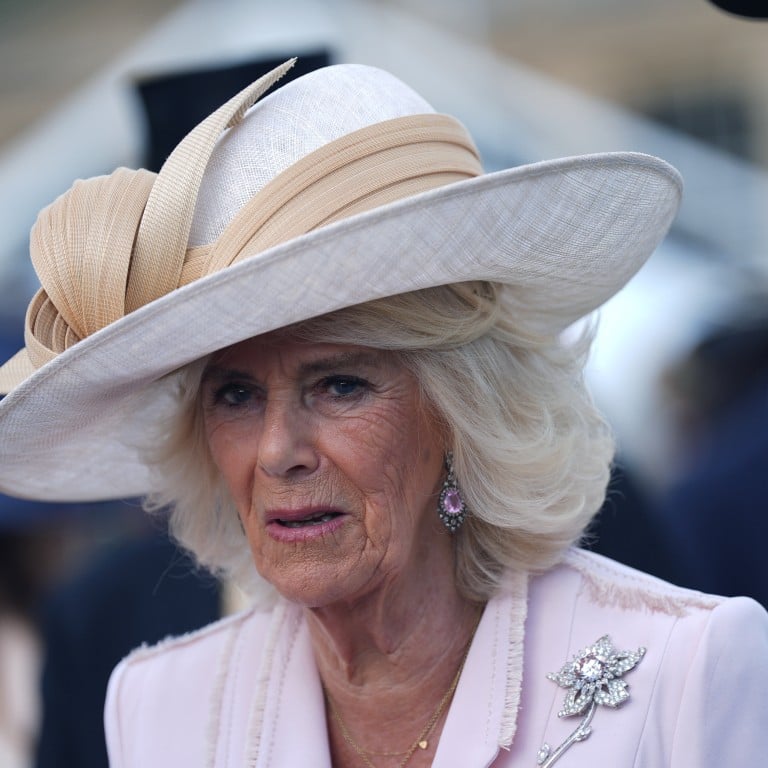The wide-ranging exhibition explores Cartier’s influence on society when the brand was led by Louis, Pierre and Jacques, and includes pieces from the Royal Collection A dazzling new exhibition of jewels exploring the complex and multifaceted history of Cartier is opening at London’s Victoria and Albert Museum (V&A). It’s the first show in Britain dedicated to Cartier jewels in almost 30 years and illustrates how the French maison’s radical, inspired, decorative and exotic designs influenced the changing tastes of society for more than a century. “It is such an enormous and well-researched subject that this has to be something that would be seen through the eyes of the V&A,” says the museum’s Helen Molesworth, who co-curated the exhibition with Rachel Garrahan.
Cartier’s London business is a thread running through the exhibition, which highlights the art, design and craftsmanship marking the period when the three brothers – Louis, Pierre and Jacques – managed the business founded in Paris in 1847 by their grandfather, Louis-François Cartier. {"@context":"https://schema.org","@type":"ImageObject","caption":"Bandeau in Tutti Frutti style, English Art Works for Cartier London, 1928, featuring emeralds, rubies, sapphires and diamonds on platinum.

Photo: Handout","url":"https://img.i-scmp.com/cdn-cgi/image/fit=contain,width=1024,format=auto/sites/default/files/d8/images/canvas/2025/04/11/d5180af0-96f1-457c-a9ef-bc281019b7a2_67fe1dab.
jpg"} Bandeau in Tutti Frutti style, English Art Works for Cartier London, 1928, featuring emeralds, rubies, sapphires and diamonds on platinum. Photo: Handout Advertisement Molesworth describes the entrepreneurial brothers as the “three temples”: Louis the creative director; Pierre the businessman with a nose for sales who opened Cartier in New York; and Jacques, the youngest brother, who took over London’s New Bond Street boutique. Jacques became a skilful gem-buyer, travelling to the Persian Gulf for natural pearls and to India for carved emeralds, Mughal jades and rare rubies.
But he was also quick to learn about tastes and the extensive requirements for jewels in British society during the reigns of Edward VII and his descendants. A room in the exhibition is dedicated to tiaras , proven crowd-pleasers, featuring some commissioned from Cartier around the time of the coronation of George VI in 1937. “Cartier in London was seriously rivalling Paris and Cartier London made more tiaras that year [27] than in any before or since,” says Molesworth.
“It was the height of London society.” One particularly spectacular treasure on display is the Manchester Tiara, which Molesworth describes as a metaphor for the three brothers. “It is the perfect beginning to our story of the three.
The tiara was made in 1903 in Paris for an English aristocratic family, to be worn by an American woman [Consuelo, Dowager Duchess of Manchester], who had ordered it,” she says. The tiara signifies the brothers’ early aspirations and the global business they nurtured. {"@context":"https://schema.
org","@type":"ImageObject","caption":"The Manchester Tiara, created in 1903 by Cartier Paris for the Dowager Duchess of Manchester. Photo: Handout","url":"https://img.i-scmp.
com/cdn-cgi/image/fit=contain,width=1024,format=auto/sites/default/files/d8/images/canvas/2025/04/11/70d8dfd1-1116-4ea3-95d1-f391ad21ab95_8f020b88.jpg"} The Manchester Tiara, created in 1903 by Cartier Paris for the Dowager Duchess of Manchester. Photo: Handout Their roles “suited their personalities so perfectly and that is the warmth about their story,” says Molesworth.
“There’s serendipity [in that] their personalities were so complementary that they could split up their abilities in such a geographic as well as professional manner, and then still have the warmth between them, the heart and the love.” The exhibition begins with the creativity of Cartier and the emergence of the Cartier signature style: art deco is just one strand, for Louis Cartier and his designers were open to a broad range of inspiration, from cultures including those of China, Japan and Islam. {"@context":"https://schema.
org","@type":"ImageObject","caption":"A stomacher brooch, worn on a bodice, made by Cartier Paris on special order in 1913, featuring carved crystals and diamonds on platinum. Photo: Handout","url":"https://img.i-scmp.
com/cdn-cgi/image/fit=contain,width=1024,format=auto/sites/default/files/d8/images/canvas/2025/04/11/0ffc46de-b6ed-4e70-b007-4885b03c67a0_647f9eb3.jpg"} A stomacher brooch, worn on a bodice, made by Cartier Paris on special order in 1913, featuring carved crystals and diamonds on platinum. Photo: Handout The technical ingenuity of their craftsmanship and their sophisticated approach to image-making – and maintaining Cartier’s legacy and relevance in a changing world – are also explored in the exhibition.
The British thread is expressed in some of the 350-plus jewels on display, pointing to the close client relationship built with the British royal family. There are treasures such as Elizabeth II’s Williamson Diamond brooch, worn most recently by Queen Camilla at a royal garden party in 2024 and Princess Margaret’s rose clip brooch, both from the Royal Collection. The Williamson brooch was the work of Frederick Mew, who designed for Cartier London from the 1930s to 50s and whose expansive archive is now held by the V&A.
There are also sumptuous pieces created for India’s maharajas and the British aristocracy. “It is basically 100 years of beautiful creativity and design,” says Molesworth..
Entertainment

In a new Cartier exhibition, London’s V&A explores the French maison’s jewellery legacy, focusing on the influence of the founder’s 3 grandsons, who took the brand global

The wide-ranging exhibition explores Cartier’s influence on society when the brand was led by Louis, Pierre and Jacques, and includes pieces from the Royal Collection.















